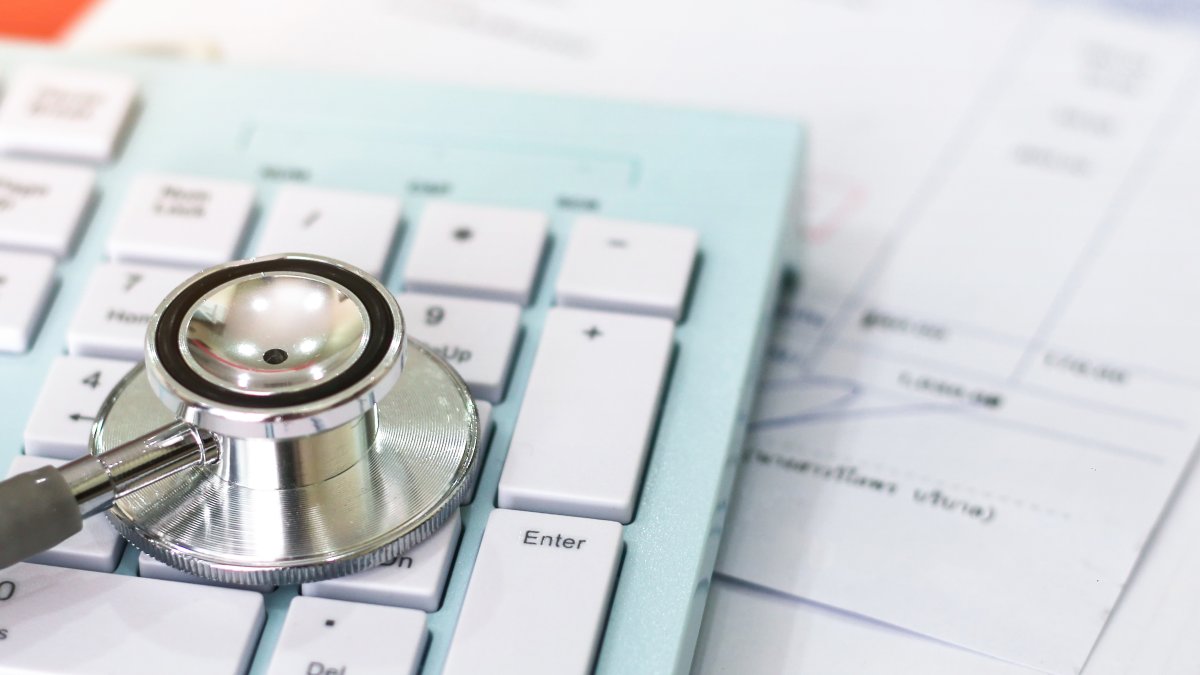If you have Medicaid coverage, you may lose that coverage next year.
Around 84 million people are covered by the government-sponsored scheme, which has increased by 20 million people since January 2020, just before the COVID-19 pandemic hit.
But as states begin verifying who is eligible for Medicaid for the first time in three years, up to 14 million people could soon lose access to that health care coverage.
Indeed, beginning in April, the grace period in which the federal government increased reimbursements to doctors, hospitals and other medical providers and forced states to delay the annual review process to determine whether members met income limits to remain covered. There has been no income verification for three years.
However, that grace period will end in April, and states will have to verify whether all Medicaid beneficiaries continue to qualify for the program.
This measure, which is part of the end of several types of federal emergency assistance for the pandemic, such as the additional $ 95 from SNAP, affects thousands of residents of the tri-state area as they could lose their health coverage. Here we tell you what to do.
WHERE SHOULD I CALL IF I MAY LOSE MEDICAID IN THE TRI-STATE AREA?
Each state is urging Medicaid recipients who think they might be affected to contact their social services to find other relief options or see if they can extend the current one.
It is IMPORTANT that residents call before April.
NEW SWEATER:
NJ FamilyCare
1-800-701-0710
NEW YORK
New York Medicare
1–800–505–5678
CONNECTICUT
ConnecticutMedicaid
1-877-284-8759
WHAT HAPPENS WITH MEDICAID?
At the start of the pandemic, the federal government prohibited states from deporting people from Medicaid, even if they were no longer eligible. Before the pandemic, people lost their Medicaid coverage if they started earning too much money to qualify for the program, got health care coverage through their employer, or moved to a new state.
This all stopped once COVID-19 started spreading across the country.
Within the next year, states will have to begin re-verifying everyone for Medicaid eligibility. People will have to fill out forms to verify their personal information, including address, income and household size.
WHEN CAN I LOSE MY COVER?
This will vary depending on the state you live in; some states move faster than others to verify who meets the criteria. Arizona, Arkansas, Florida, Idaho, Iowa, New Hampshire, Ohio, Oklahoma and West Virginia are among the states that will begin phasing out non-Medicaid beneficiaries from of April.
Other states will begin taking this step in May, June or July.
Not everyone will be removed from the program at the same time. States plan to verify the eligibility of all recipients for periods of nine months to one year.
HOW WILL I BE NOTIFIED IF I LOSE COVERAGE?
If you rely on Medicaid for your care, it is important that you update your contact information, including your home address, phone number, and email address with benefit recipient status.
States will mail a renewal form to your home address. The federal government also requires states to contact you in some other way, by phone, text, or email, to remind you to complete the form.
Even if mailed notices arrive at the correct address, they can be brushed off and forgotten, said Kate McEvoy, executive director of the nonprofit National Association of Medicaid Administrators.
“A text message could grab someone’s attention in a way that would be more approachable,” he said, noting that a quick message can also be less intimidating than a notice in the mail.
Most states have already used text messaging to remind patients to get a COVID-19 shot or about upcoming doctor visits. But mass texting about Medicaid eligibility will be new, McEvoy said.
You will have at least 30 days to complete the form. If you don’t fill out the form, states can remove you from Medicaid.
WHAT ARE MY OPTIONS IF MY MEDICAID IS DELETED?
Many people who will no longer be eligible for Medicaid coverage can turn to the Affordable Care Act coverage market, where they will find health care coverage options that can cost less than $10 per month.
But the coverage available on the market will continue to be very different from that offered by Medicaid. Disbursements and co-payments are often higher. In addition, people will need to check whether the insurance plans offered on the market will continue to cover their doctors.
A special enrollment period will open for people who are not enrolled in Medicaid starting March 31 and through July 31, 2024. People who lose their Medicaid coverage will have up to 60 days to enroll after having lost their coverage, based on guidance from the Centers for Medicare & Medicaid Services sent to states last month.
WHAT WILL HAPPEN TO MY CHILDREN’S COVERAGE?
More than half of American children are covered by Medicaid or the Children’s Health Insurance Program.
Even if you receive a notice that you are no longer eligible for Medicaid, your child will likely still be eligible for the program or for health care coverage through CHIP, which covers children whose families earn too much. money for Medicaid, but they don’t earn enough to pay for private health insurance.
Between 80% and 90% of children will continue to be eligible for these programs, according to estimates from the Center for Children and Families at Georgetown University’s Institute for Health Policy.
“When a parent receives a message that they’re no longer eligible, they often assume their child isn’t eligible either,” said Joan Alker, the center’s executive director. “It’s more common to find that the parent is no longer eligible for Medicaid, but the child still is.”

